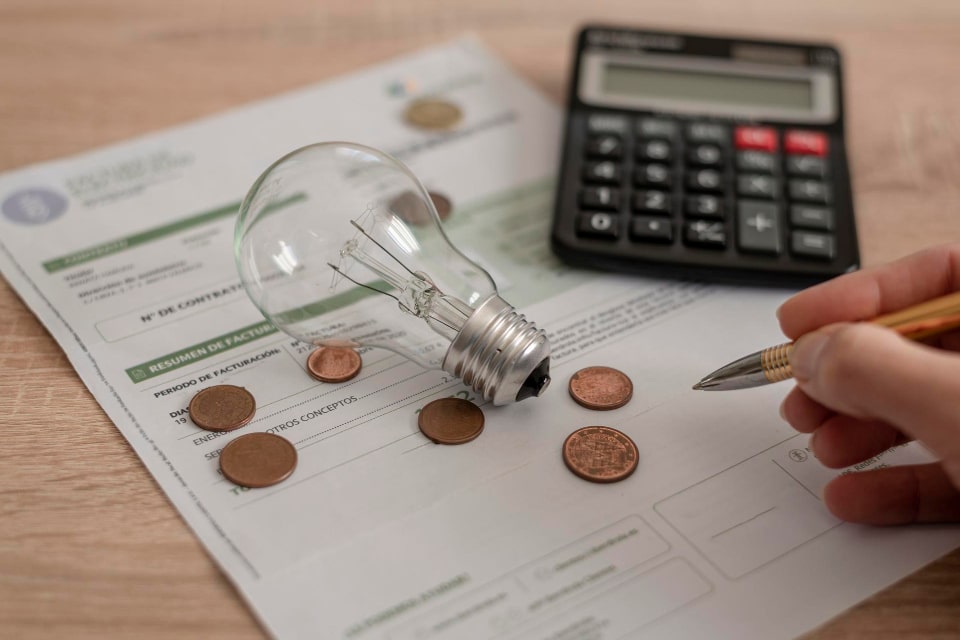When moving into a new apartment in the US, one of the initial costs renters need to consider is the Electricity Deposit. Depending on where you live, this deposit can vary widely based on factors such as your credit score, local utility company policies, and the state regulations. Understanding how much you might need to pay for an electricity deposit can help you better budget for your move and avoid any unexpected costs.
What Is an Electricity Deposit?
An electricity deposit is a security payment required by utility companies before they provide services to a new customer. This deposit serves as a safeguard for the utility company, ensuring that they have some form of financial protection if the customer is unable to pay their bills on time or defaults on their payments. The deposit is typically refundable and may be returned after a specified period of time, usually after a year of on-time payments or when you close your account.
Factors Influencing the Electricity Deposit Amount
Credit Score
Your credit score is one of the most significant factors that influence the amount of your electricity deposit. Utility companies often check your credit report to assess your payment history and overall financial responsibility. If you have a good credit score, you may be able to avoid paying a deposit altogether or pay a minimal amount. However, if your credit score is low or if you have a limited credit history, you may be required to pay a higher deposit.
Location and Utility Company
The amount of the electricity deposit can also vary depending on your location and the policies of the local utility company. Some states have regulations that limit how much utility companies can charge for deposits, while others allow companies more flexibility in setting their rates. For example, in states like California, utility companies are required to limit deposits to a maximum of twice the estimated monthly bill. In contrast, in states with fewer regulations, the deposit amount may be higher.
Previous Payment History
If you have previously held an account with the utility company or another utility provider, your payment history with that company can also influence your deposit amount. A history of late payments or service disconnections may result in a higher deposit requirement. On the other hand, if you have a track record of timely payments, the company may reduce or waive the deposit.
Apartment Size and Energy Usage
The size of your apartment and your expected energy usage can also play a role in determining your deposit. Utility companies may base their deposit requirements on the estimated monthly electricity bill for your apartment. Larger apartments or those with higher energy demands, such as units with electric heating or cooling, may require a higher deposit compared to smaller, more energy-efficient units.
Average Electricity Deposit Costs
On average, the electricity deposit for an apartment in the US can range from $100 to $300, though this can vary significantly depending on the factors mentioned above. In some cases, renters with excellent credit may not have to pay a deposit at all, while others may be asked to pay several hundred dollars, particularly if they have poor credit or live in a high-demand area.
For example:
- Texas: The average electricity deposit can range from $150 to $300, depending on credit and location.
- California: Deposits are often capped at twice the estimated monthly bill, which could result in deposits ranging from $100 to $250 for a typical apartment.
- Florida: Deposits may vary but tend to fall in the $150 to $300 range for new renters.
In states with more lenient regulations or competitive utility markets, the deposit may be lower. However, in areas with higher living costs or stricter utility policies, renters may need to budget for a larger upfront payment.
How to Reduce or Avoid an Electricity Deposit
If you’re concerned about paying a high electricity deposit, there are a few strategies you can try to reduce or avoid this cost:
Build Your Credit
Improving your credit score is one of the most effective ways to lower your electricity deposit. Paying bills on time, reducing outstanding debt, and regularly checking your credit report for errors can all contribute to a better score.
Provide a Guarantor
Some utility companies may allow you to provide a guarantor or co-signer with good credit to help reduce or eliminate the need for a deposit. This person agrees to be responsible for your payments if you are unable to make them.
Enroll in Auto-Pay or Budget Billing
Some utility companies offer deposit waivers or reductions if you agree to enroll in auto-pay or budget billing programs. These options can help ensure timely payments and provide the utility company with added security.
Shop Around
In deregulated energy markets, you may have the option to choose your electricity provider. Shopping around for providers that offer lower or no deposit requirements can save you money upfront. Additionally, some providers offer promotions that include deposit waivers for new customers.
Conclusion
The average electricity deposit for an apartment in the US can range widely, typically between $100 and $300, depending on factors such as credit score, location, and energy usage. While this deposit can be an unexpected expense, there are strategies to reduce or avoid it, such as improving your credit, providing a guarantor, or enrolling in payment programs. By understanding the factors that influence your deposit and planning accordingly, you can make your move into a new apartment smoother and more financially manageable.
Stay tuned with Timesanalysis!



